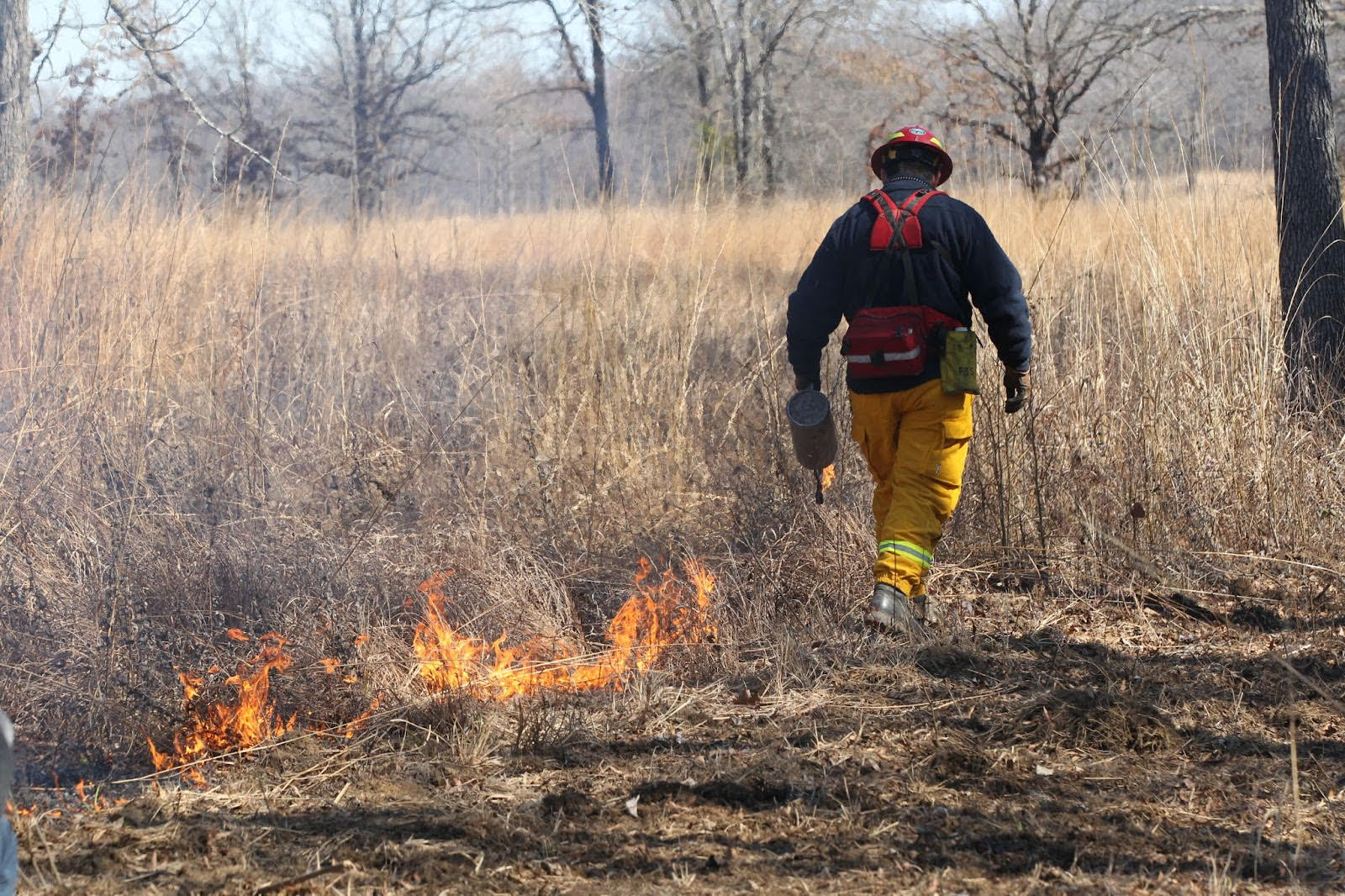Beat cabin fever with birdwatching
ON 03-25-2020
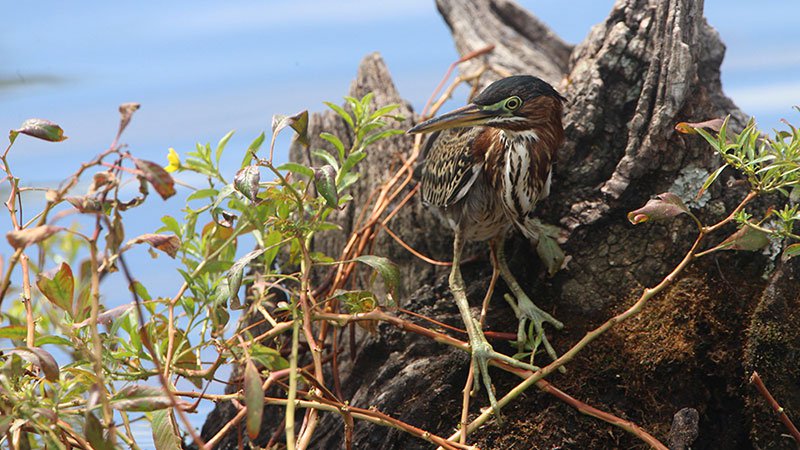
March 25, 2020
Randy Zellers
Assistant Chief of Communications
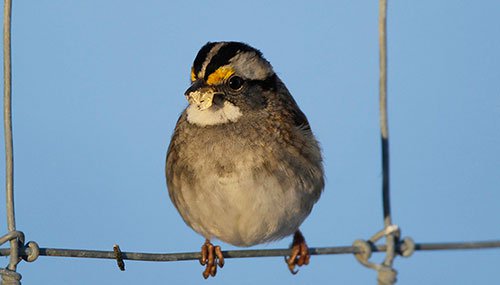
LITTLE ROCK — Spring is in the air, and many Arkansans are looking for reasons to break away from the house and explore The Natural State. According to Karen Rowe, nongame bird program leader for the Arkansas Game and Fish Commission, birdwatching (called “birding” by those who pursue the interest in earnest) is not only a fun way to beat cabin fever, but it also can help conservation efforts.
“Enjoying birdwatching is the first step to becoming an active conservationist,” Rowe said. “Once people get an appreciation for our winged friends, many start doing things to help them with their struggles. Birding is very therapeutic.”
According to a recent article in Science magazine, results of researchers from seven institutions, the populations of birds throughout North America have plummeted by more than 2.9 billion adult birds since 1970. Birds in every ecosystem have been impacted to some degree. From Eastern and Western meadowlarks to the sweet-singing white-throated sparrow, much fewer of our feathered friends are gracing feeders, birdbaths and native habitat than a few decades ago.
One great resource to get people started birdwatching is the Wings Over Arkansas Program. Now in its 20th year, this backyard birding program offers awards for participants based on the number of different species they identify outdoors. People can send in a copy of their lists (called “life lists” by the indoctrinated) and receive a pin for each level of birding they’ve attained. If you’d like to take it to the next level, set up an account at eBird.com and become a citizen scientist. Your bird lists become a part of a world-wide set of data.
“It’s a great way to get kids and adults outside, and right now is a great time to be out with the warming weather,” said Kirsten Bartlow, watchable wildlife program coordinator for the AGFC. “It’s also when many of our Neotropical migratory species are making their way back into the state after spending winter in Central and South America.”
Bartlow and Rowe agree that birding can be done practically anywhere. Backyards in subdivisions, park ponds and even native gardens in the middle of cities still attract many birds, but the varieties of species you’ll encounter can grow with a little travel. The AGFC’s nature centers may be closed to the public, but their trails are still open for exploring. The AGFC’s many watchable wildlife trails, water trails and wildlife management areas also are great places to start searching for the more active.
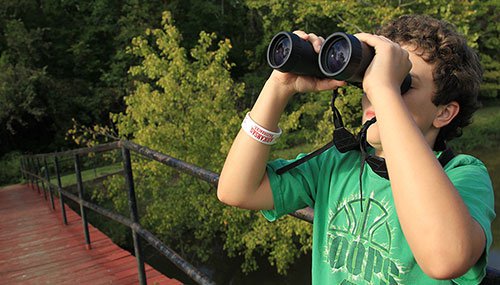
“It can be as simple or as much of an adventure as you want to put into it,” Bartlow said. “A pair of binoculars and a pocket guide like the AGFC’s “Arkansas Backyard Birds” can be helpful, but they’re not necessary. The main thing is to get outside and enjoy some fresh air while we’re all trying to practice physical distancing.”
Rowe also suggests downloading free bird identification apps to your smartphone instead of carrying a cumbersome bird field guide. “Merlin Bird ID and Audubon Bird Guide are free and invaluable when trying to identify our returning spring migrants,” Rowe said.
Visit 3billionbirds.org for more information about the 3 Billion Birds initiative to combat the decline of bird species in North America.
For more information about the Wings Over Arkansas Program, including Arkansas bird checklists and brochures, visit www.agfc.com/wingsoverarkansas.
Recent News
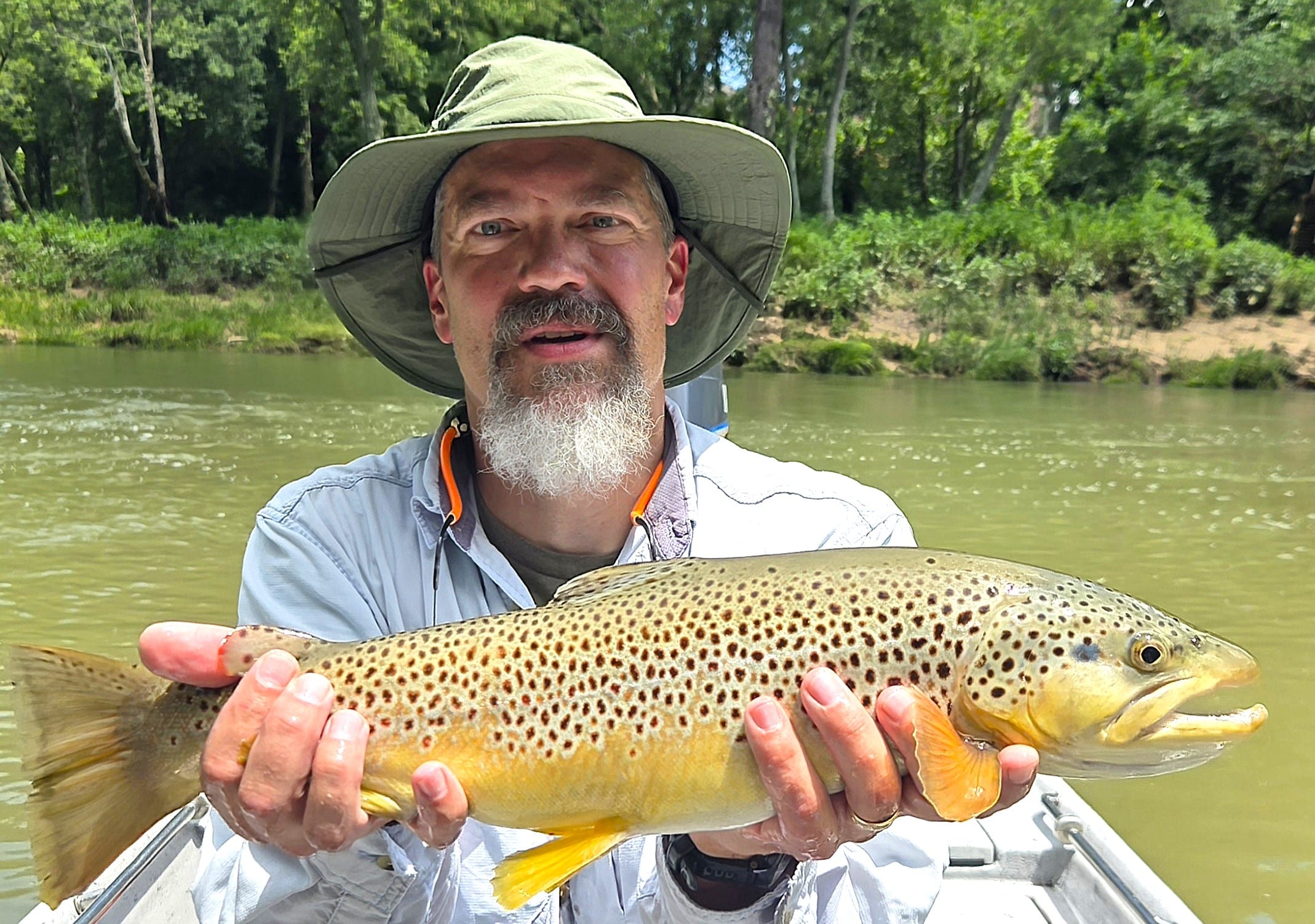
Arkansas Wildlife Weekly Fishing Report
Jul. 3, 2025
Subscribe to Our Weekly Newsletter E-mails
Don’t miss another issue. Sign up now to receive the AGFC Wildlife Weekly Newsletter in your mailbox every Wednesday afternoon (Waterfowl Reports are published weekly during waterfowl season and periodically outside the season). Fishing Reports arrive on Thursdays. Fill in the following fields and hit submit. Thanks, and welcome!

